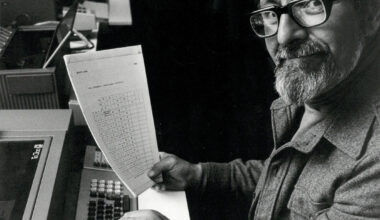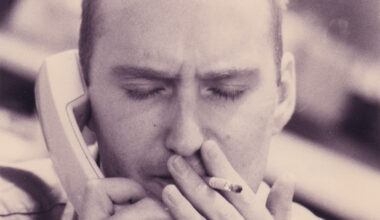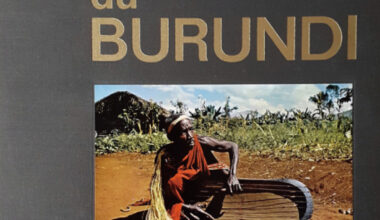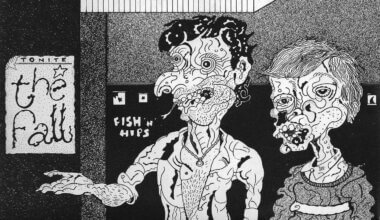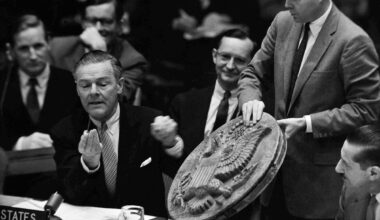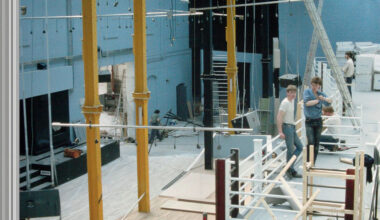Steeped in history, there’s more to Ibiza’s legendary Amnesia club than meets the eye
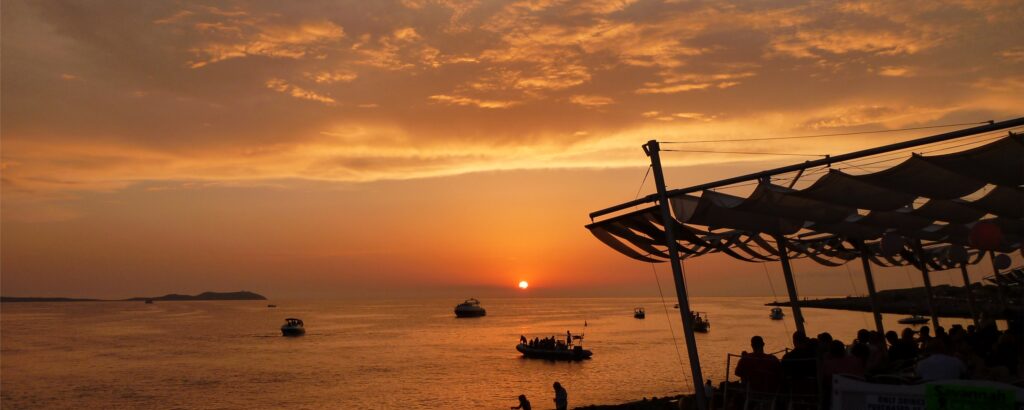
In 1988, Antonio Escohotado, a 47-year-old sociology lecturer at Spain’s Open University was sentenced to six years in prison for drug trafficking. Escohotado had been a known campaigner for drug reform since 1983, a fact that didn’t help his subsequent appeal, but the sentence was reduced to two years when evidence showed he had been framed by the Spanish Guardia Civil.
Deciding to make the best of his down-time, he set about writing a three-volume ‘Historia De Las Drogas’ (first published in 1999) from his prison cell. He certainly knew about his subject: in 1969, Escohotado and his wife had abandoned their bourgeois life in Madrid, where he’d been working as an academic, and thrown themselves into Ibiza’s consciousness-expanding world of psychedelics and sexual experimentation.
In 1976, Escohotado and his friend Manuel Sáenz de Heredia rented a beautiful old finca, a rural estate, near the village of Sant Rafel and turned it into a discotheque. He called it Amnesia, partly inspired by the effects of LSD and marijuana being consumed within its walls.
Back in 1970, The Ibicenco Planells family had sold the land, featuring a huge 18th-century farmhouse, to Countess María Fuencisla Martínez de Campos y Muñoz who had been living a libertine life of her own making in Ibiza since the 1950s. The Countess transformed the finca into a salon for freaks and intellectuals, and hosted art exhibitions and hippie performances before renting it to Escohotado for 20,000 pesetas (€120) a month.
In 1978, the club was passed on to Madrid-born Ginés Sánchez and it was during the 1980s that a young Basque called Prontxio Izaguirre crossed the road from Ku, where he had been working, to help make Amnesia what it is today. Despite many ebbs and flows in its fortunes over the decades, it became one of the best clubs in the world, notable for its unique club nights and perfectly formed two-roomed fun palace ambience.
Around the same time Izaguirre arrived at Amnesia, the Kamli Meditation Centre had been opened on the island by the sannyasins, followers of Bhagwan Shree Rajneesh, aka Osho, an Indian guru who was famous for his communes in Pune and Oregon. Osho, who revolutionised dynamic meditation, was known as a proponent of the beneficial use of drugs in therapy. He took huge quantities of laughing gas to enhance his own creativity, and encouraged the use of MDMA in his interactive workshops. When Osho was being deported from Oregon in 1986 on various charges, including being accused of trying to fix local elections by poisoning voters, he resettled in India. Many of his followers would spend the winters at his commune in Pune, heading for Goa to get involved with the trance party scene there, before moving on to Ibiza, where they would spend summers. It is through these itinerants that the use of MDMA in Ibiza’s clubs first became a phenomenon.
For a time, Amnesia was just an after-hours club, opening at 3am and going on till 3pm the following day. Ku, Pacha and Es Paradis Terrenal would just be winding down for the night when Amnesia cranked into action. Surrounded by long white finca walls, the club had a beautiful pyramid covered in mirrors, which sat in a water pond in the middle of its open-air dancefloor. Its patrons were a late-night crowd, and more of a freak atmosphere prevailed here than at other clubs. While the more glamorous of the island’s visitors would be across the Sant Rafel road at Ku, a small crowd of all-nighters came to prefer the quieter, more “bohemian” atmosphere Amnesia offered.
During Izaguirre’s time, the club’s reputation began to change, particularly with the advent of a young Argentinian DJ, Alfredo Fiorito, who in the 1980s was to revolutionise the image of the island with his highly eclectic sets. These consisted of his own favourite tracks, irrespective of their perceived acceptability on a dancefloor. Although low-BPM dance tracks would also come to define the classic sound of the sunset bars such as Café del Mar largely thanks to pioneering DJ José Padilla, Alfredo’s became the most famous club night to regularly feature their cosmopolitan mixes.
Alfredo had arrived on the island in 1976, aged 23.
“Friends had written me letters, telling me the island was a paradise,” he says, “and when we arrived we found freedom. Everybody knew each other only by their first names. We rented a house with no electricity or running water in the countryside, bought a hire car and started to make candles, which we sold at the hippie market in Es Canar”.
Alfredo then opened a shop, and tried his hand at fashion design before being asked to take care of a harbour bar called Be-Bop, where he discovered two turntables, a mixer, “and a huge collection of records”. After working out how to use the mixer, and playing in the bar throughout the winter of 1982-83, he started to dream of becoming a resident at Amnesia.
“It was the alternative club,” he says. “It was a very cool place, with live music by underground musicians and the sannyasins selling food.”
Alfredo started to DJ at Amnesia in 1984. For the first six months he played to a near-empty club until his girlfriend suggested that rather than hanging around waiting to be paid (at the time he was making 5,000 pesetas a night, the equivalent of €30) he should keep on DJing.
“So I started playing music for the workers like Art Of Noise’s ‘Moments In Love’, Manuel Göttsching’s ‘E2-E4’ and Marvin Gaye.”
The people coming down from Ku would be listening from the road. Then they started coming to the club. Within 10 days, the place was, according to Alfredo, full of “real nightlife people who worked in the other clubs. It was very cosmopolitan, the people who came were from all over the world.”
It was into one of Alfredo’s fabled Amnesia sets in 1987 that a bunch of British DJs wandered, and left so altered that it led them to create what became probably the biggest dance culture revolution in the UK. Paul Oakenfold (on holiday for his 24th birthday), Danny Rampling, Johnny Walker and Nicky Holloway had started their evening dropping into Sant Antoni’s Star Club (now Gatecrasher) to see their friend, fellow DJ Trevor Fung, who was working on the island. Fung spun them amazing tales about Amnesia, and this extraordinary new drug called ecstasy. They decided to give it a go. Within half an hour, the euphoric “shoom” hit them. Later, Trevor Fung would suggest Shoom as the name of Danny Rampling’s London club party.
In memory of Helen Donlan. This piece is extracted from her book ‘Shadows Across The Moon – Outlaws, Freaks, Shamans And The Making Of Ibiza Clubland’ published by Jawbone
